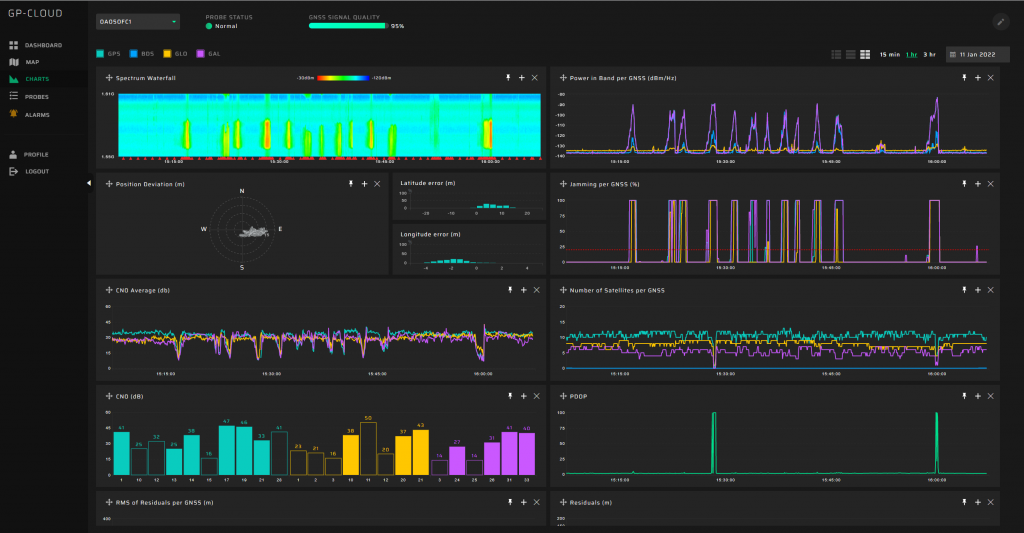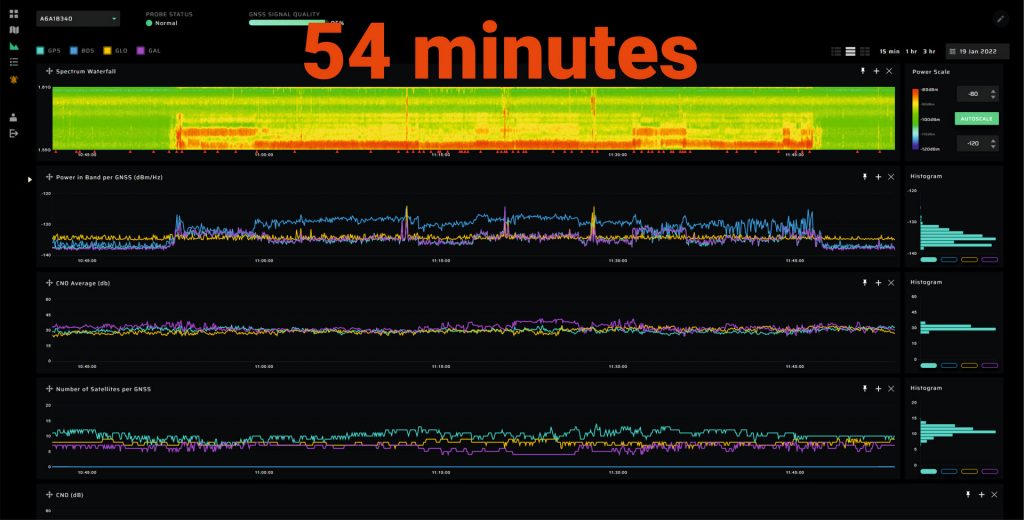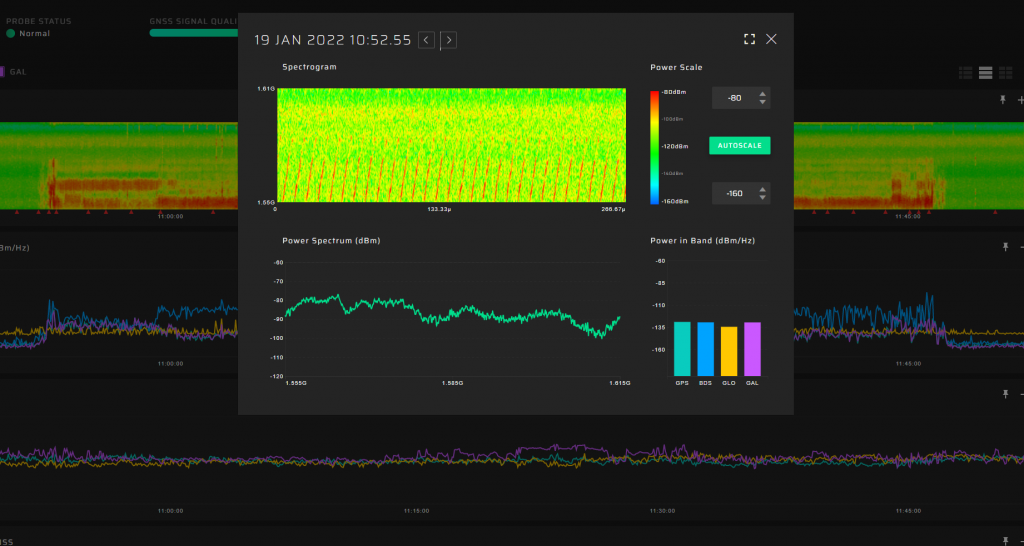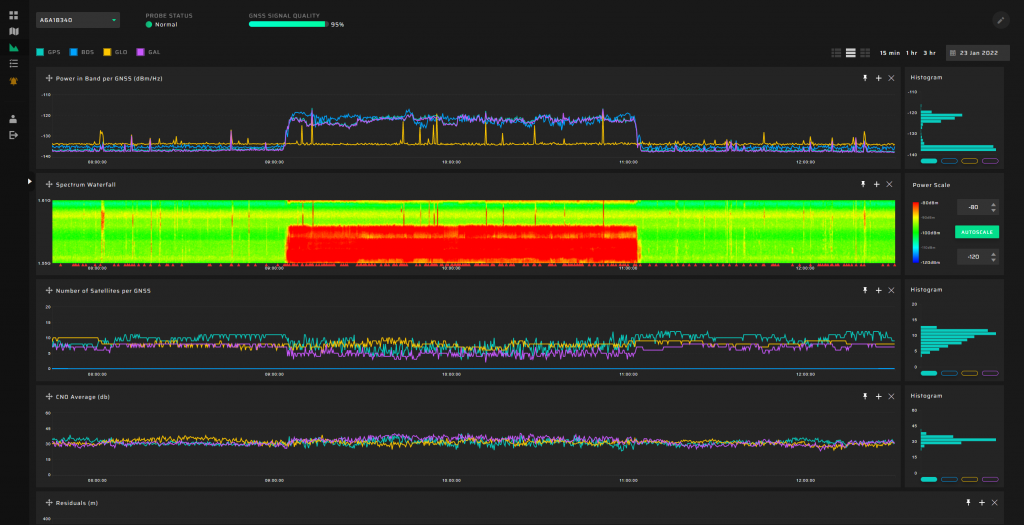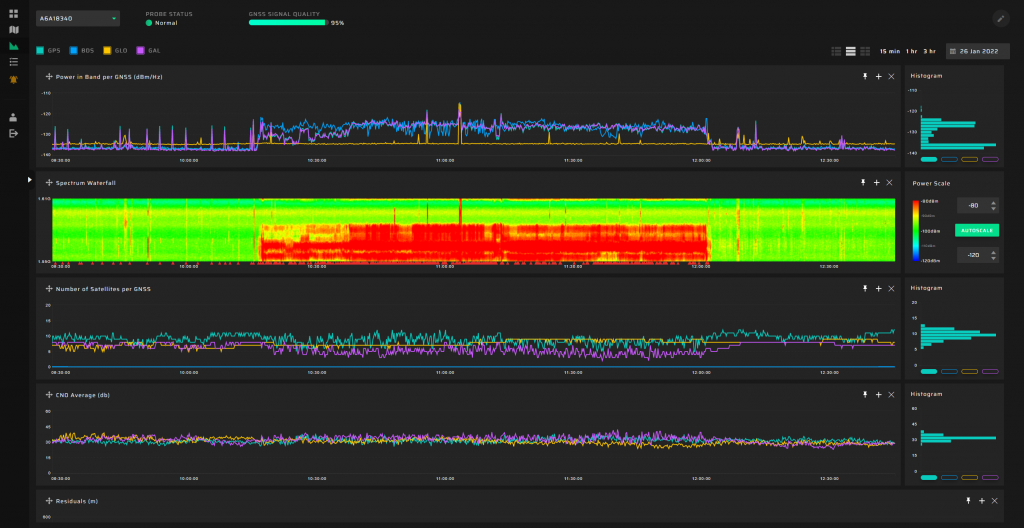Personal data protection or GNSS integrity, which is more important?
Average citizens will definitely choose personal data.
People should not be blamed for not wanting to share their location data with a third party. Jammers are often used to block the operation of GNSS-based tracking systems, and as a result, cause significant damage to critical infrastructure. Despite the growing challenge, Policymakers in most countries are closing their eyes to the upcoming GNSS interference problems.
As things stand, the use of GNSS jammers is prohibited in all developed countries. Despite this, anyone can buy a jammer, even on Amazon for as little as 15 dollars: https://rntfnd.org/2021/12/21/jammer-on-amazon-only-14-98-great-stocking-stuffer/
Why drivers use GNSS jammers
We conducted a brief survey and found out why people use jammers in cars:
- Fraud against fleet management or other tracking systems. Most commercial vehicles come equipped with control systems for monitoring fuel consumption and distance traveled. Some drivers try to block the operation of tracking systems to use the vehicle for personal needs as well as draining the fuel.
- Privacy concerns.
- Fraud against a distance-based road user charging system (GNSS based).
- When renting cars for trips outside the service area. Some car rental services have restrictions in terms of the territory of service. Some drivers use GNSS. jammers to block the tracking system to drive unpunished in prohibited areas.
- Fraud against a distance-based vehicle insurance system.
Consequences of Using In-Car GNSS Jammers
Moving jammers pose the biggest threat to GNSS integrity. In the case of stationary interference, it is relatively easy to determine and take measures to mitigate the effect. An in-car jammer can appear anywhere at an unpredictable time with a lot of power and then disappear. When a problem is incidental in nature, it is very difficult to fix.
Many of our customers complain about jammers in cars. So what kind of problems do they cause?
- Along certain roads, it is impossible to carry out GNSS surveys. If a GNSS jammer passes by an RTK GNSS receiver every few minutes, there is no way of solving the navigation task with high accuracy. As a result, the cost of developing construction projects for roads, bridges, or infrastructure reconstruction increases significantly since it’s required to work at night to reduce the frequency of interference.
- Some customers use heavy machinery with GNSS-based automatic control systems. When GNSS interference occurs, the equipment stops working, and rarely restarts immediately. Occasionally it takes a few minutes and operator assistance to solve the issue. Frequent machine stoppages cause direct economic damage to the user in addition to the manufacturer because it has to spend substantial resources to provide technical support and explain the frequent malfunctions of the equipment.
- Agricultural machinery stops operation when a field runs alongside a road.
- Time server users suffer from frequent holdovers if a GNSS antenna is installed near a busy intersection or parking. This problem is especially evident if truck loading\unloading is taking place nearby. In these cases, the duration of the interference can be up to several hours.
- Drone Show Interruption. Companies running drone shows receive hefty fines for aborting a performance.
- When faced with interference, bike-sharing operators suffer from low accuracy of coordinates, causing difficulty when attempting to find a bike.
The cases described above are real and cause direct financial losses.
We can predict that the successful development of Intelligent Transport Systems and self-driven cars will not be possible without a serious effort to reduce GNSS interference on the road.
Statistics from a busy intersection
To get accurate statistics on the use of jammers in cars, we installed GP-Probe TGE2 EH RFSA near a busy intersection in a small city inhabited by 22,000 people. This location was chosen to reduce the risk of interference from other equipment.
Installation details:
- Antenna installation height on the roadway: 12 meters.
- Distance to roadway edge: 18 meters.
During business hours, we detected an average of 10 jammers per hour. 12 jamming episodes per hour can be seen in the picture below:
A complete loss of satellite tracking was caused by two events. The others caused a significant decrease in the signal-to-noise ratio. Not all jammers have effectively suppressed GLONASS.
If we take a closer look at the incident, we see a car with a jammer approaching, stopping at a light, and driving away:
The following spectrogram demonstrates that the jammers had a frequency modulation (chirp jammer):
The spectrum waterfall over several days can be seen in the picture below:
Interference was more often detected in the afternoon. The intensity of jamming decreased on average at 23:30 and increased at 6:30.
During the nighttime hours between Saturday and Sunday, the intensity of interference was greater than on weekdays. This may indicate the use of jammers by taxi drivers.
Conclusion
GNSS jammers in cars are no longer a rare problem and as a direct result, substantial economic damage is being caused. A huge problem lies in the fact that current interference cancellation technology built into GNSS receivers is unable to cope with this situation.
We believe that systems for detecting car jammers need to be implemented immediately, in line with tough penalties for drivers who are caught using them.
Update. January 19
The day after this article was published, we detected jamming that lasted 54 minutes:
The power level of the interference in the receiving point is relatively low. The quality of GNSS signal reception is not affected at all. The spectrogram shows that it is a chirp jammer:
We monitored this event in real-time and wondered who could use a jammer for so long. There is a store 170 meters away from the GP-Probe installation point, where the truck was unloading at that time. When the truck drove away, the interference disappeared.
Truck drivers very often use a jammer to block a tracking system. We consider this the most dangerous practice of using in-car jammers because trucks are often unloaded in places with a large concentration of critical infrastructure: base stations, ATMs, banks.
Update. January 26
More examples of long-term jamming from the same probe.
January 23. The duration is almost exactly two hours:
January 26. The duration of the jamming is one hour and 45 minutes:
All long-term incidents occur almost at the same time and have a duration varying from one to two hours. We still do not understand why the truck driver uses a jammer even while unloading the goods.
We will try to interview him next time 🙂
